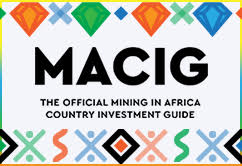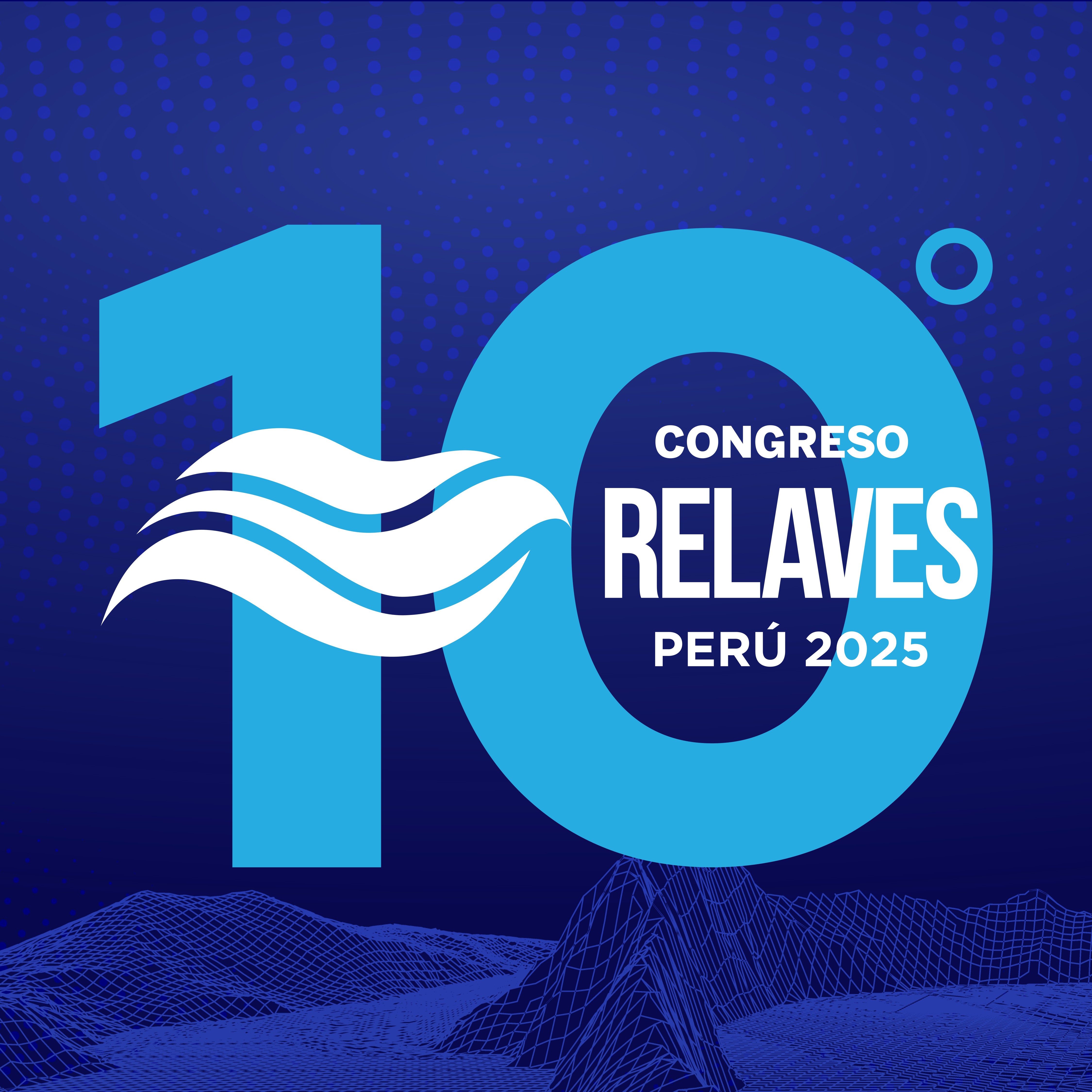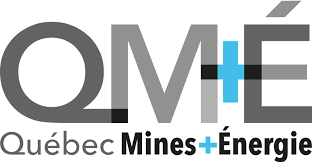SEARCH RESULTS FOR:

Masayoshi Namba
BUSINESS DIRECTOR, AGC VINYTHAI PUBLIC COMPANY LIMITED (AVT)
"EPINITY®’s Global Warming Potential (GWP) - including biogenic carbon and direct land use change - is up to 67% lower than for petro-based ECH."

Hui Hui Kiw
VP ASIA, MACDERMID ENTHONE INDUSTRIAL SOLUTIONS
"Companies across China are transferring segments of their business to Thailand, a top choice among Chinese automakers and component manufacturers, with Vietnam, the Philippines, and Indonesia gaining new investments as well."

Nelson Kosile
MANAGING DIRECTOR, IKOSH NIGERIA
"Businesses in Nigeria grapple with various hurdles, particularly in procurement and currency fluctuations, which significantly impact their operations."

Amitai Axelrod
COO & CO-FOUNDER, VERAI DISCOVERIES
"With traditional methods, only 1 in 1,000 exploration projects become a mine. VerAI’s platform is 100 times more accurate, 20 times faster, and 20 times cheaper."

Mario Lazo Emparanza
REGIONAL MANAGER, KNIGHT PIESOLD
"Companies have become more concerned about their corporate image, which has forced them to follow the global standard. Much of Knight Piesold’s current work is aimed at helping the mining industry standardize its tailings deposits."

Domingos Freitas
BOARD MEMBER, EFFIMAX ENERGY
"Angola has strategic plans in place extending to 2027 to increase the acreage explored and boost production. This involves putting more blocks into the market to attract investors."
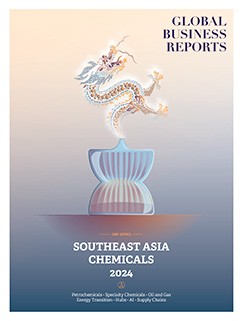
Southeast Asia Chemicals 2024
In an era of low-priced commodities and an uncertain geopolitical landscape, logistics companies are prioritizing the long-haul business, not just because it is probably the most profitable, but also because their customers are searching for new markets out to sea.
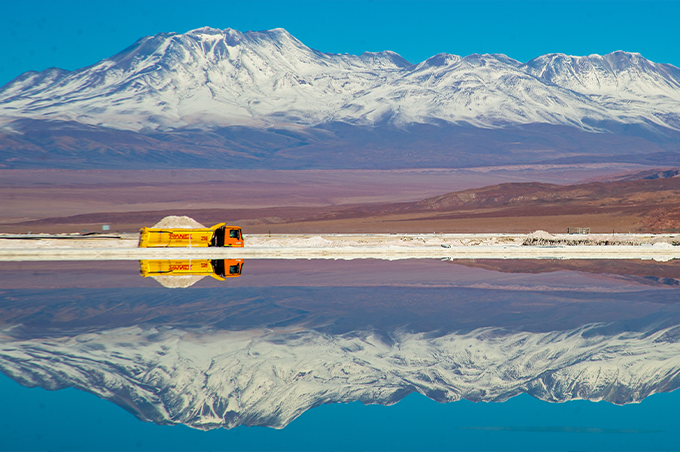

Gaurav Kaushik
MD AND CEO, METEORIC BIOPHARMACEUTICALS
"We have witnessed growing interest in utilizing plant-derived enzymes across various applications."

Anibor Kragha
EXECUTIVE SECRETARY, AFRICAN REFINERS AND DISTRIBUTORS ASSOCIATION (ARDA)
"Our goal is to engage positively on key downstream sector issues and initiatives to promote investments on the continent."




